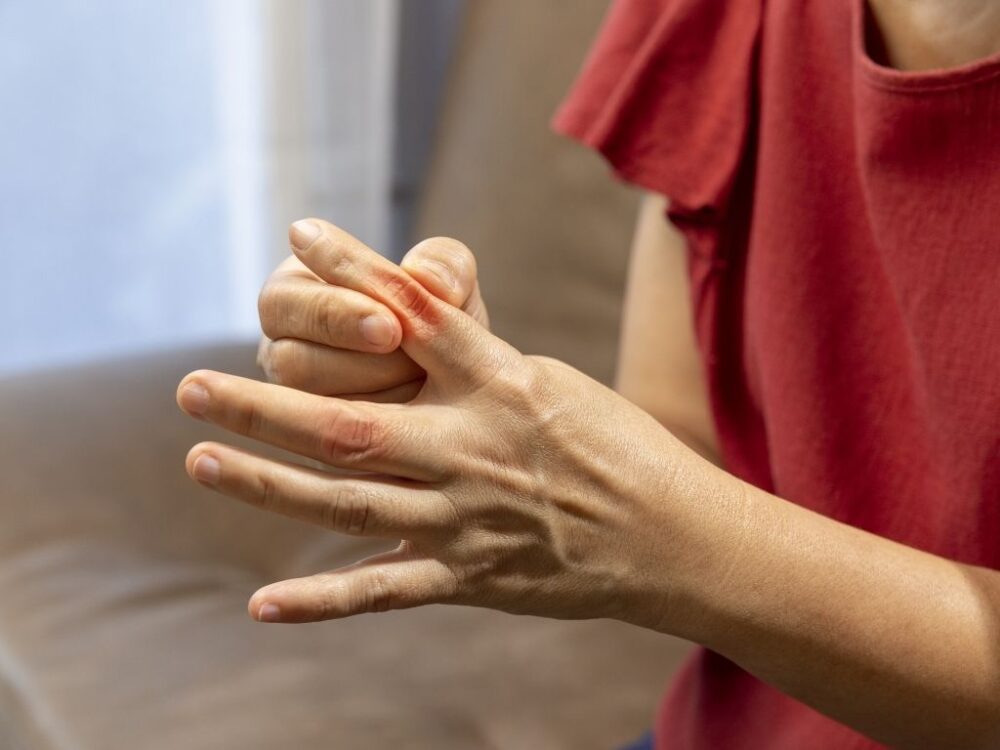The menopausal transition is a natural process in a woman’s life. It happens due to a natural decline in reproductive hormones and is simply the end of the menstrual cycle when a woman reaches her 40s and 50s (in most cases, the average age is above 50). For some, the process can be painless and relieving; most women go through symptoms such as hot flashes, painful intercourse, irregular periods, poor sleep, and joint pain. Pain and body aches are the most common side effects of menopause, and it also indicates aging.
While many rely on medications to relieve the symptoms in the short run, trying natural remedies is known to be much more effective for treating joint pain due to their anti-inflammatory properties. Better Body is a valuable resource that offers insights into these natural remedies, helping individuals understand and explore alternative approaches to address joint pain during menopause effectively. In this blog post, we’ve shared the top four natural remedies you must try to get relief from menopausal symptoms. Read on.
- Turmeric
Turmeric is a natural pain reliever that has been used since ancient times to get relief from a number of medical conditions, especially physical pain. The spice has a main active component – curcumin – which gives turmeric its yellow color. Curcumin has anti-inflammatory properties and helps with reduced pain and increased movement in patients suffering from chronic back pain. While most people prefer using it in their food or drink, you can also take turmeric capsules if you can’t consume it directly. Just take one capsule with milk before going to bed, and it will help ease pain and inflammation.
- Ashwagandha
Ashwagandha is an ancient medicinal herb that has been used for decades to relieve stress and pain and promote overall wellness. The herb has anti-inflammatory properties and helps ease inflammation linked with arthritis. It also helps calm the nervous system, promote hormone balance, eases sleep issues, and soothes vaginal dryness. While it’s a great pain reliever, most people use this herb to improve their overall well-being.
- Cinnamon
Cinnamon has been used for medicinal purposes for centuries. The spice contains antifungal, antibacterial, and antioxidant properties, which makes it a perfect solution for relieving joint pain and easing inflammation. In fact, studies have shown that cinnamon can be used to reduce inflammation in people suffering from rheumatoid arthritis. Many people take cinnamon in the form of cinnamon tea to ease pain and keep their hearts healthy.
- Magnesium
Magnesium is a vital mineral to keep your heart strong and healthy. It also helps with stiffness and joint and muscle pain linked with the menopausal transition. Besides, it also provides relief from restless legs, the most common symptom of menopause. Moreover, magnesium supports muscle, nerve function, and energy production in the body. Low levels of magnesium can invite a number of health problems, including the risk of high blood pressure, heart disease, osteoporosis, and type 2 diabetes. Thus, it is a good idea to add magnesium-rich food to your diet and ensure that you take your daily dose.
Final Words
The menopause period can be pretty challenging, both physically and mentally. Now that you know the herbal remedies that can help you provide relief from your symptoms, it’s vital that you include these herbs in your diet and follow it dedicatedly.

